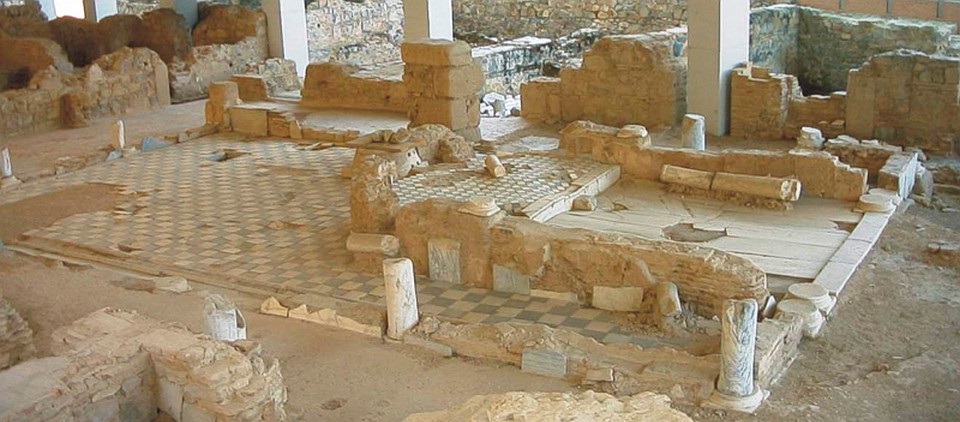A Network of Cities?
In the course of Augustus’ administrative reorganisation of the provinces, there emerged networks of cities which, in some cases, shared the same legal status, while in other cases they differentiated from each other precisely by such status. The status of provincial capital and conventus, however, lost its importance with Diocletian’s administrative reforms, although most research postulates that it continued to exist due to lack of alternatives. ATLAS aims to subject this thesis to a fundamental revision: were these legal categories still decisive in the period under consideration here? And if so, for whom? For the emperor, for example, or for the bishop of Rome, the Visigoths or Byzantium? If these categories where not relevant anymore, what criteria replaced the legal status or were added to it? In the course of Christianisation, cities acquired greater relevance when martyrs acted as their patrons, i.e. by eschatological merita. Tarraco (Tarragona), according to Prudentius, presented “trino martyre Trinitas coronat”, but Caesaraugusta (Saragossa) could boast no less than 18 martyrs (Perist. 6; 8).

The citizen as part of his community
Citizens of a late antique city understood themselves only as Christians and felt part of that community – in contrast to the early Imperial period, when they considered themselves citizens but also members of a collegium, of a cult community, etc. This development raises questions of considerable scope: is there evidence of the formation of urban networks of a religious nature? Were they established in parallel to the traditional legal networks, or did they replace them, even à la longue? Did cities compete with each other, or did a kind of horizontal solidarity prevail? Were there other networks besides these, and if so, on what basis did they develop?

The commercial networks
Furthermore, it can be assumed that there were trade networks linking the Iberian Peninsula to the western Mediterranean or even beyond: amphorae from the East can still be traced in the 7th century at Recopolis. How are these findings to be assessed? The elaboration of these questions aims to shed light on the relations between the cities of these two regions, embedded, à la longue, in different political constellations: after the reforms of Diocletian, under the Visigoths or the Vandals, after the end of the Western Roman Empire.

Coordinators: A. Leone, L. Brassous // Participants: R. Ghaddhab, R. Olmo López

